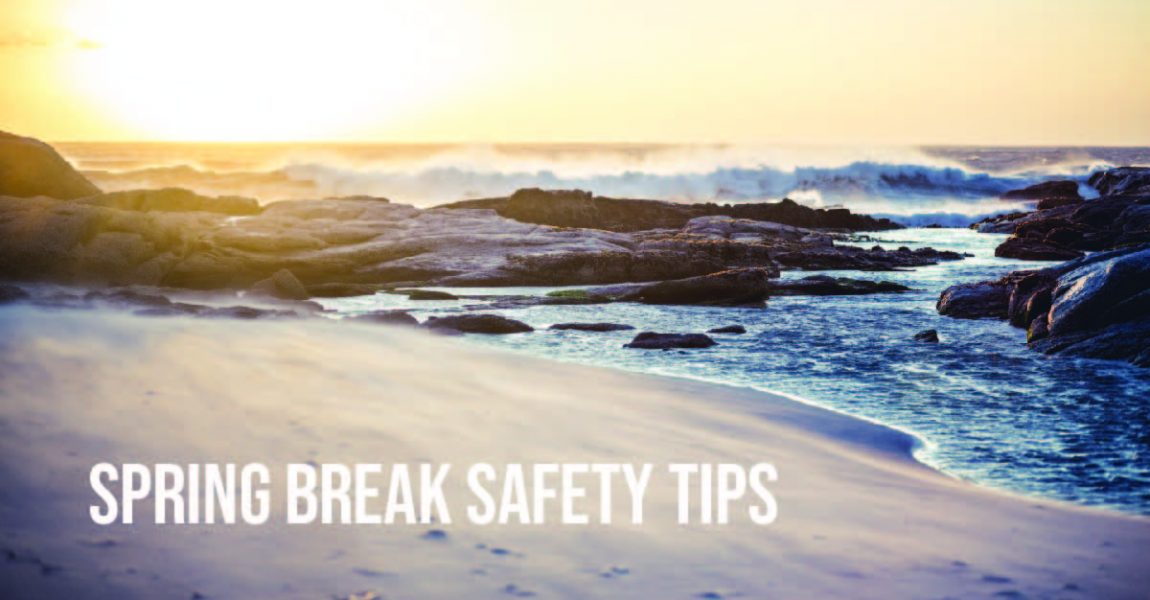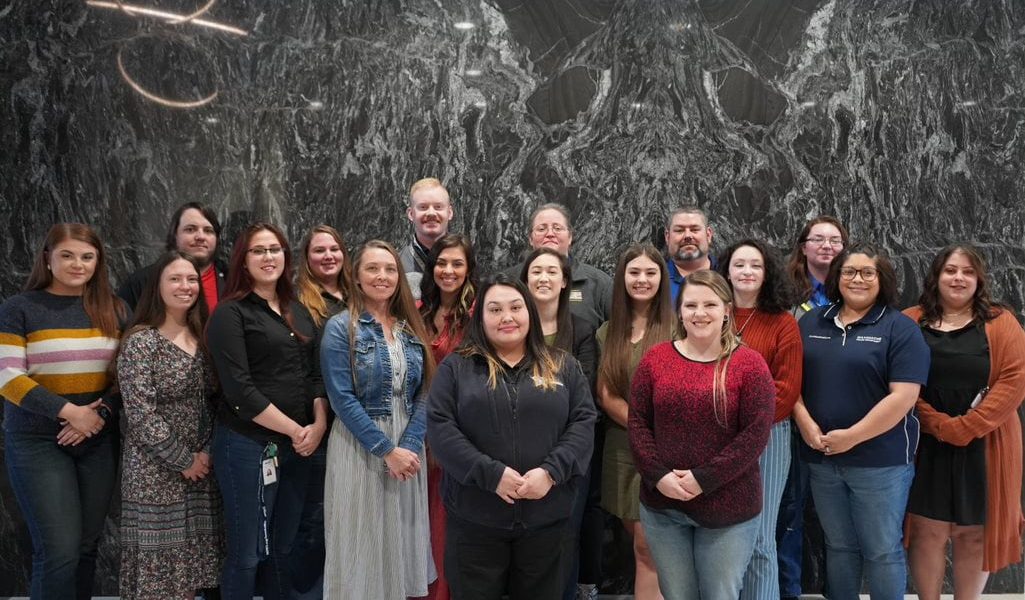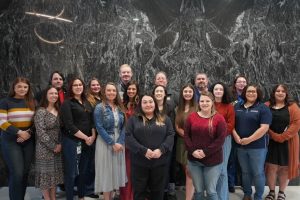Rise Up
I keep reading about the Great Resignation and researching why there has been such a mass exodus from the workplace. Of course, I am particularly interested in the staffing crisis in the 9-1-1 call centers. I want to understand it better so we can develop some new strategies to recruit and retain amazing 9-1-1 telecommunicators. But this is not an article full of those answers. It is instead the sharing of information and some food for thought.
I recently learned about Teddy Roosevelt, Jr. and his service in both World War I and World War II. After serving in World War I he went into politics for a while and then returned to the business world and was the Chairman of the Board of American Express. He had made significant accomplishments by the time World War II broke out. In his 50s he could have stayed at home and maintained an easier life than the one he chose. He had a heart for service and felt he could contribute to the war efforts and after serving in the reserves, he returned to active duty. But he didn’t stop there, he wrote a letter begging for a part in the Allied invasion of Europe. He stated, “If you ask me, I will swim in with a 105 strapped on my back.” He stated that he knew officers and men in the units and believed that it would steady them to know that he was with them. His request was granted, and he was the only general on D-Day to land by sea with the first wave of troops and was the oldest man in the invasion at 56. While he didn’t have to swim in with a gun on his back, he landed at Utah Beach walking with a cane and carrying a pistol. He was calm in crisis and inspired his troops with humor and confidence, reciting poetry and telling stories of his father to steady the nerves of his men. As he stood on the front lines under enemy fire, soldiers stated they were inspired to move forward, for if a general could do it, so could they.
This story reminded me of something I heard following the Boston Marathon bombing. The presenter was telling his story and stated that everyone was running away from the scene. Everyone except for public safety professionals, who were running into the chaos. I have thought of that ever since. When everyone else is running to safety, the people in our industry run into the chaos. I have often wondered what those folks at the marathon were thinking. “I’ve got to get out of here. I need to get to safety.” And I imagine the public safety professionals were thinking, “I’ve got to get in there. I can contribute. I need to help”. . .
Recently one of my good friends retired after a very successful career of over 40 years in public safety communications. She left a legacy, had made a difference and left her mark. Not two years later, she left a happy retirement to become the executive director of a large 9-1-1 entity. When I asked her why she simply replied, “I realized I’m not done yet.” You see, during the Great Resignation when so many were leaving their jobs, Sherry Decker knew she could contribute and took up her calling – again.
I’m sure you see the pattern by now, people do whatever people are doing in society. And then there are a small percentage of great people who rise up and serve. Public safety professionals are those rising up and serving. You continued to do your jobs serving the public throughout the pandemic, you go to work on holidays and birthdays and you work the tough shifts. You work despite bad hours, low pay, and little recognition. You work because you love helping others.
I am so proud to work among all of these great people! You are all servant leaders, despite your job titles and you are all making a difference – every day. If you are in the industry and are considering getting out (unless it is for wellness reasons), I urge you to remember why you got into public safety to begin with. That memory is your mission, that is your calling. You are doing the good work and it is appreciated! They might not have told you, but there are people all over who have been helped or comforted in the worst moments of their lives through a 9-1-1 call. There are lives that have been saved and people who are thankful. You are saving lives and making a difference! You do not have to be part of the Great Resignation, you can be part of the Great Transition to Next Generation 9-1-1!
– Christy Williams, Director of 9-1-1




